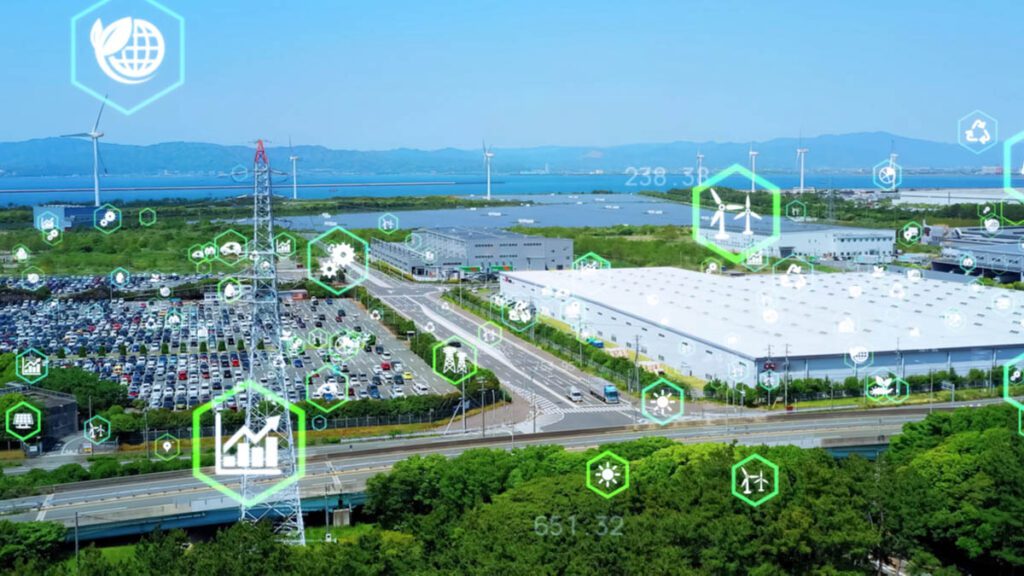How to Achieve Decarbonization?

Many countries are setting their own targets to create a carbon pollution-free power sector, as in decarbonization, an essential element in countries’ goals to reduce emissions from 50 to 52 percent by 2030 to achieve net-zero emissions by 2050.
In accordance, McKinsey’s research found that “early decarbonization of the power sector is a critical factor across many of the pathways to a decarbonized economy. Renewable technologies, such as solar and wind energies, are already deemed cost-competitive with coal and gas across most US markets. In addition, decarbonizing electricity is essential to enabling decarbonization in other sectors, such as transportation (electric vehicles) and buildings (electric heating).”
One of the reports published by the World Bank specifies steps to help put countries on a pathway to decarbonizing their development smoothly and systematically.
The reports acknowledge that solutions are affordable, but only if governments take action today.
However, the cost will rise as long as the action is delayed. In this case, the successive generation will be the party forced to deal with the detrimental effect of previous governmental disregard to the issue. Meanwhile, the data provided from the latest Intergovernmental Panel on Climate Change report highlights that delaying actions 15 more years until 2030 will increase costs by an average of 50 percent through 2050 to keep temperatures from rising less than 2°C.
Decarbonization meaning lies in the reduction of carbon, which signifies a decarbonized economy. In other words, to transfer the economy into a sustainable one, countries from all around the world will have to direct their energy strategies to focus on sustainably reducing and neutralizing the emissions of carbon dioxide (CO₂).
World Bank Group Vice President and Special Envoy for Climate Change Rachel Kyte said that “choices made today can lock in emissions trajectories for years to come and leave communities vulnerable to climate impacts.”
“To reach zero net emissions before the end of this century, the global economy needs to be overhauled. We at the World Bank Group are increasing our focus on the policy options,” she noted.
Shifting investments and mindsets
Governments can start altering investments and mindsets toward low-carbon growth by regulating prices through a policy package that provides reasons to guarantee low-carbon growth plans are implemented and projects financed.
A price can be put on carbon through a carbon tax, or a cap-and-trade system addresses a market failure to combine the cost of the damage caused by greenhouse gas emissions. It is perceived as an efficient way to raise revenue while encouraging lower emissions, as well as intensifying difficulties in evading other taxes.
Although those steps are essential and carbon pricing is necessary, it does not make any difference on its own without the proper implementation of paired policies.
On another note, the automotive industry will comprise 66 percent of emissions that come out of their material production at no extra cost by 2030—if industry participants work together and start now.
In parallel, the automotive sector is crucial to reaching net-zero global emissions by 2050.
Several original equipment manufacturers (OEMs) are setting extreme decarbonization targets to meet this challenge.
Car decarbonization and Industrial decarbonization can be achieved, and the target is not far-fetched. Therefore, since an automobile generates 65 to 80 percent of tailpipe emissions, and indirect emissions are from fuel supply, the industry focused on electrifying powertrains.
However, players must turn their attention to material emissions as well to reach the full potential of automotive decarbonization and achieve the zero-carbon car industry.
